#candy shrimp
Explore tagged Tumblr posts
Text
Most of the shrimp morphs favored by freshwater aquarium hobbyists, are Neocaridina sp. or other fan shrimps. However the South Asian species Macrobrachium agwi is very different. This is the striped 'prawn' or candy shrimp, or the dwarf or bumblebee large-armed shrimp, where 'large armed' is a translation of the genus name Macrobrachium. Before its formal description as a species, M. agwi was identified as a distinctive morph belonging to the genus, and traded as Macrobrachium sp. 'Banded'.
From the tips of their rostrums to the tips of their telsons, M. agwi are around 5 to 6 centimeters or 2 to 2 and a 1/3 inches long. The long claws are not included in this measurement, but they add significantly to the length of the animal, when they are in extended posture. Such a length is much smaller than that of some well known Macrobrachium species, and that is why M. agwi is sometimes traded with the name 'dwarf', although there are other small species among Macrobrachium.
M. agwi is a member of the successful and diverse genus Macrobrachium, to which a large number of species belong. Although it is customary to label Macrobrachium as prawns, many would argue that they are in actuality shrimps, although it is semantic. Also the genus Palaemon, although they are 'the' prawns on the British table, would also technically be shrimp using the same argument. In addition to their use in aquaria, a small number of Macrobrachium sp. are aqua cultured as food, primarily M. rosenbergi. Aquacultural interest in farming members of this genus has increased the knowledge base available for their aquarium care, though the focus is only on the large species that humans culture for food, not M. agwi.
When wild Macrobrachium sp. are exported for the aquarium trade, the exact species involved may be difficult to ascertain. Macrobrachium are mostly freshwater animals as adults, although some species in the genus are estuarine, and only one of these species is also faculatively marine. The planktonic larvae of a number of Macrobrachium species are exported out to sea downstream, therefore they possess tolerance of low salinity, before losing it, and later regaining the tolerance as late juveniles migrating upstream.
Many species of Macrobrachium thus require saltwater for their larval development, however M. agwi has abbreviated or direct development, and completes its entire life cycle in freshwater. M. agwi carries fewer and larger eggs than do some other freshwater Macrobrachium species, budgeting its energy into fewer offspring, with an abbreviated larval life after hatching. These larvae do not feed but continue to be sustained by the yolk donated by their mother. The development of their jointed appendages becomes accelerated, because these freshwater larvae are benthic and non-planktonic from the start.
In freshwater and some other environments, such a life history comes under positive selection, because the amount of plankton available as food for feeding larvae, is either consistently low, or is unpredictable. Such a life history has repeatedly evolved among the clade of shrimps, crabs, and lobsters. M. agwi and other fully 'freshwaterized' shrimp have broken completely with the habitat of their marine ancestors, and have also lost their physiological tolerance of saltwater at any of their life stages, because their ancestors had no further need to continue tolerating saline waters.
The species M. agwi was described from specimens collected at Barobisha, in the Alipurduar District of West Bengal but close to her border with Assam. The climate of Alipurduar is monsoon-influenced and shows variation over the year, from an air temperature of 14 degrees centigrade in the coolest month, to 34 degrees in the warmest month. The water of the Kaljani, the river of Alipurduar, usually has a pH between 7 and 8, sometimes a little higher or lower, but circumneutral and shifted towards baseness.
The water temperature there may vary according to the month, with monthly temperatures as low as 10 and as high as 32 degrees. In neighboring Koch Berar, the main river is the Torsa and the climate is similar to that of Alipurduar. The water temperature of the River Torsa was found to vary from 18 to 29 degrees, and the pH is similar to that of the River Kaljani. There is no major river through Barobisha itself, but the neighboring waters assumedly have comparable parameters. Streams in neighboring western Assam can have a pH of 6.4 to 6.6.
Macrobrachium are regarded as omnivorous benthivores, or generalists feeding on a breadth of plants and animals on the substrate. Although plant material is taken, Macrobrachium show a preference for animal protein. Although their 'arms' are long, their 'claws' are proportionally small, thus limiting the damage these shrimp are capable of in the aquarium. Smaller species of Macrobrachium are often considered safe to cohabit with some fish, although fish eggs and small motile animals such as small fish, will likely be seen as food by these shrimps, and they will certainly consume snails. Juveniles of large Macrobrachium species, can kill and consume snails with a shell diameter almost 3/4 of their own length.
Smaller Macrobrachium species will not kill fish their own size, but the larger species of the genus are reportedly able to. Eggs and fry of fishes, and the larvae of other shrimps, will likely be eaten even by the small species of Macrobrachium. Macrobrachium species appear to vary in their intraspecific competitiveness and tendencies towards cannibalism, but each individual requires a sufficient number of opportunities in the aquascape, in which to choose shelter from cohabiting conspecifics. Therefore, although M. agwi can be housed in small groups of conspecifics, they must not be overcrowded, each animal must be able to avoid confrontation, and also retreat to shed whilst they are growing, without facing competition for these refuges.
In some Macrobrachium species, molting shrimp may be vulnerable to cannibalism, whilst they are still soft. Confrontations in members of this genus, can also result in the loss of whole or partial limbs, or other severe damage. Therefore it is important to avoid these animals stressing one another. Smaller Macrobrachium species do not uproot or otherwise seriously disturb plants in the aquascape, although the larger species in the genus can be destructive, especially to delicate plants. In anecdotes from the tropical aquarium trade, these shrimp are often kept in water with a circumneutral pH, and at an appropriate temperature of 18 to 26 degrees centigrade, befitting their origins close to the Himalayas.
#Macrobrachium agwi#candy shrimp#striped prawn#large-armed shrimp#freshwater crustaceans#Macrobrachium sp. banded#dwarf large-armed shrimp#bumblebee large-armed shrimp
1 note
·
View note
Note
hello 🙂 smilying very pleasantly. Can I eat yuor wheatley design please i very hungry 🙂
Yes you may eat the him. Hands you this squishwheats on a plate ❤️

189 notes
·
View notes
Text
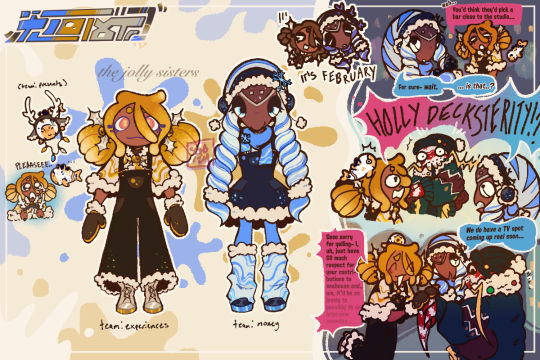
a very niche celebrity frostyfest (now on dvd~!)
#splatoon#splatoon 3#splatoon art#splatoon idol oc#splatoon idols#splatoon oc#frostyfest#decksterity#splatbands#(headcanon design!!)#digital art#they are.... a randall's pistol shrimp! also known as the candy cane shrimp ;D#first initial concept was a ping-pong tree sponge or coral but with ornament decorations. but the 6 dollar srimp special won in the end#i think districts of inkopolis participating in news for widespread + local splatfests is a fun idea#which means possible local tv spots for bands baby!! and a really funny idea of idols interviewing their community on the street#tidebyte hosts a radio show so sometimes an opportunity by the station's partnership with networks might arise...maybe#i can still post this before chocolate fest btw. my friend the Groundhog says it’s 6 more weeks of winter#undescribed#^ (this won't get an img description from yours truly for a bit! apologies in advance for the wait ;u;)#my art#my ocs#oc: eri#oc: dess#oc: chip
116 notes
·
View notes
Text
I was only vaguely aware of how many of my favourite characters are fish from when i was a kid up until now🐟🐠🦐🐙🦈







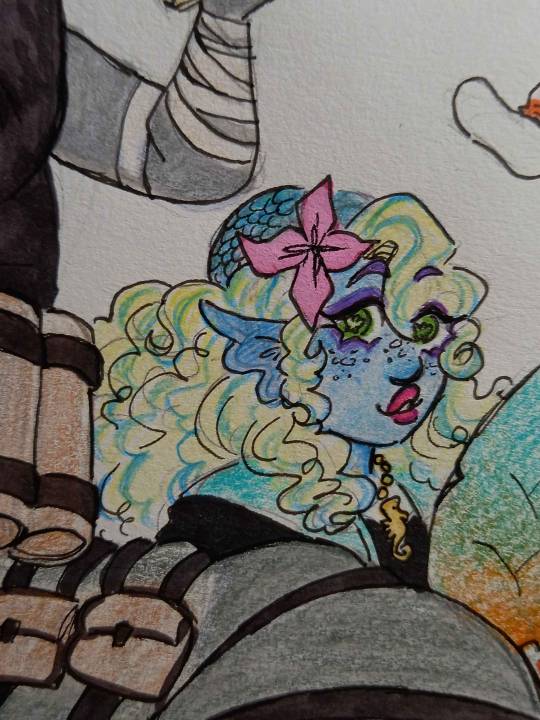


#ok now to tag these OTL#azul ashengrotto#floyd leech#jade leech#sebastian solace#sorbert shark cookie#candy diver cookie#obey me levi#obey me leviathan#darwin watterson#tawog#dandy's world finn#dw finn#lagoona blue#shrimp miku#myart#chubby levi 🤧💥💕
195 notes
·
View notes
Text
your honor, they are friends

#dandicus dancifer#yatta the pinata#new toon btw#shrimpo the shrimp#dw yatta#dandys world#dw shrimpo#“GIVE US ALL YOUR MEDKITS” “AND CANDY” “YEAH AND THE CANDY TOO”
122 notes
·
View notes
Text

boiled shrimp
#doodle#wreck it ralph#king candy#sorry for drawing him it'll happen again <3#idk what this is just playing with ideas had shrimp on the brain and his concept art enabled it#his card too#get your reason for dying weaponized and now at your disposal IDIOT
310 notes
·
View notes
Text







Eyo!!! I've recently opened up an Etsy shop, and I would love it if you could check it out <3 I've got a lil of everything right now, and i've got plenty of ideas for more things i'd like to make in the future!!
#artwork#artists of tumblr#pokemon#pkmn#acrylic keychain#earrings#shrimp#betta#fishblr#stickers#pokemon stickers#shaker charms#shaker keychain#candy keychain#candy shaker#etsy#etsyshop#etsyseller#small business#neon tetra#congo tetra#dunsparce#dratini#shaymin#wiglett#goomy#murkrow#pumpkaboo#wurmple#mew
98 notes
·
View notes
Note
Someone mentioned Kuri at an all you can eat buffet and I think she'd be the type to just get like a single small plate of beans, and no seconds.
no kuris eating...............shes just getting the most atrocious tummy hurting plate imaginable. all clashing flavors
45 notes
·
View notes
Text









Big brother Caregiver! Eridan stimboard
×/×/× ×/× ×/×/×
#text#autismposting#stim#stim toys#agere#stim toy#agere stim#fictional caregiver#my edits#homestuck agere#hs tw#kandi stim#monster high stim#my special interests#deco pacifier stim#mlp stim#mushrooms tw#ocean stim#shrimp stim#shells stim#clusters tw#magic stim#spell book stim#purple stim#up close#irl hands tw#cute stim#candy stim#food tw#food stim
30 notes
·
View notes
Text

HAPPY HECKIN' HALLOWEEN!! from my green aliens to you
#homestuck#fan leprechaun#homestuck intermission#the board#halloween costumes#shrimp#patrick bateman#horsune miku#they go around the neighborhoods they own#and take rent for the month in the form of candy
47 notes
·
View notes
Text
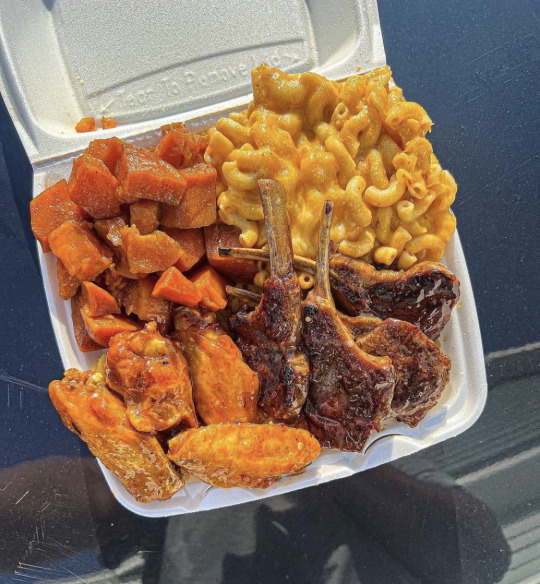

#chicken#shrimp#lamb chops#Mac and cheese#candy yams#pictures#brattylikestoeat#food#foodlr#food blog#foodie
252 notes
·
View notes
Note
Assign ed a rimp? 🦐🦐🦐🦐🦐
You get the candy-stripe pistol prawn, Alpheus astrinx.

#candy stripe pistol-prawn#Alpheus astrinx#pistol shrimp#shrimp#shrimpblr#ask#saltwater shrimps#shrimp-moment
9 notes
·
View notes
Text










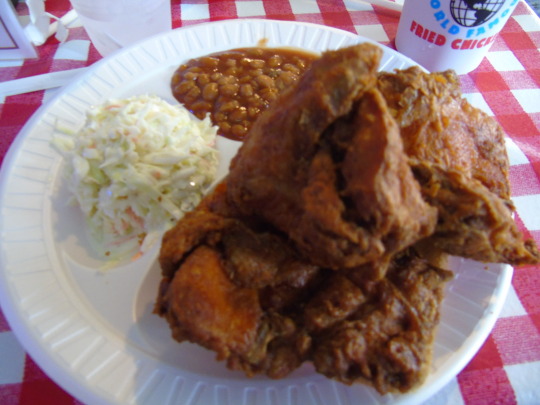



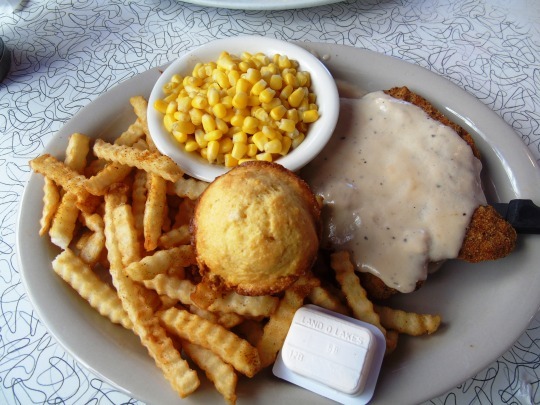

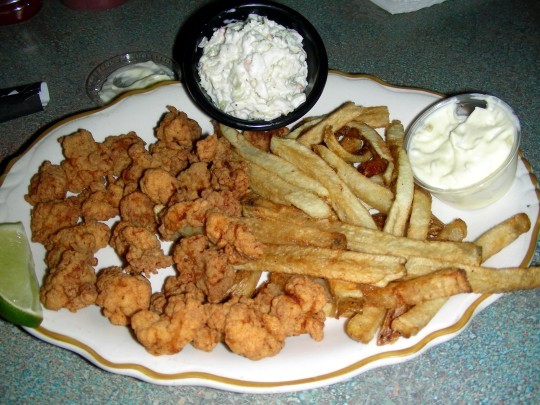


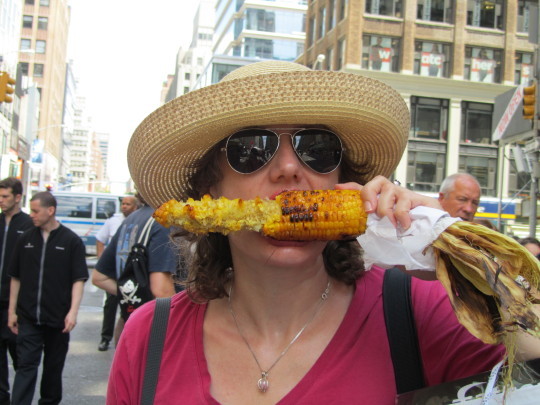

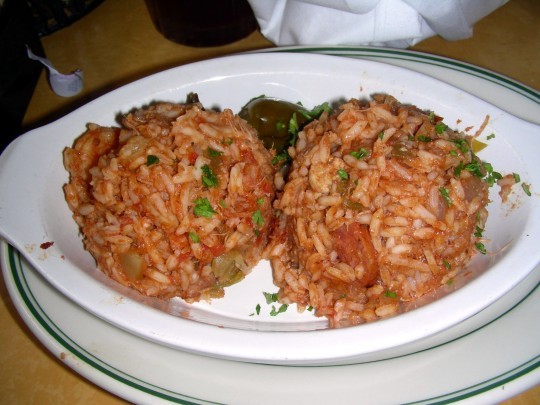


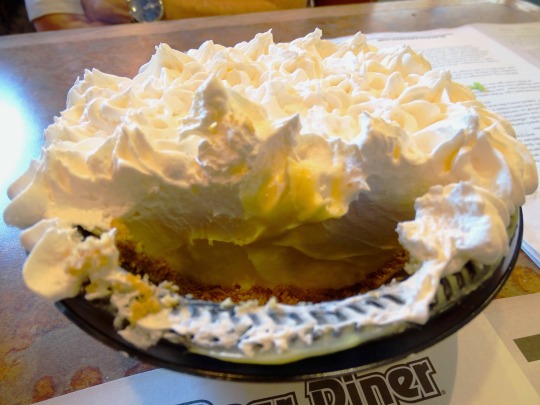
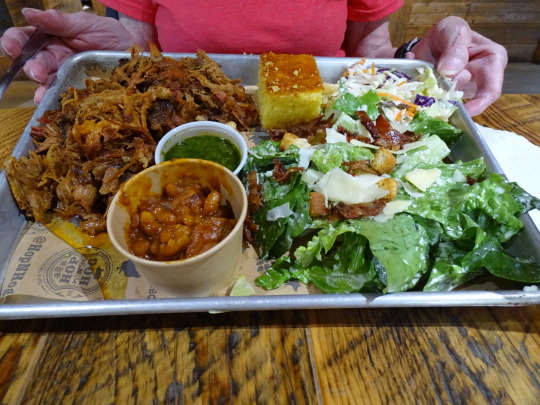
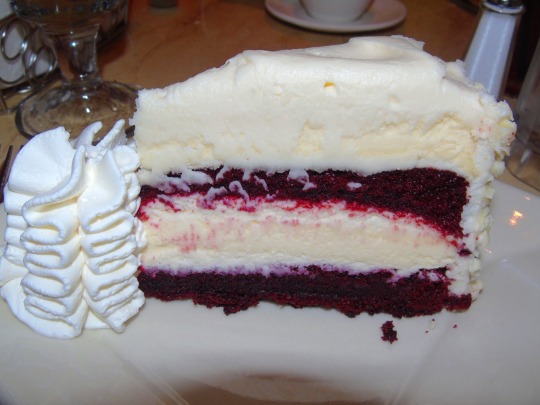
Southern Food Heritage Day
Every year, Southern Food Heritage Day is celebrated on October 11. The Southern Food & Beverage Museum celebrates the culturally rich and delicious food of the Southern States in America. The cuisine deserves to be recognized and celebrated officially because it is a testament to American history and legacy. Southern food also represents the essence of America — the coming together of a variety of people from all over the world, each bringing with themselves their own ingredients and recipes to create a unique cuisine. Iced tea, pickled shrimps, and fried chicken are some of the most loved Southern foods throughout history. Along with the cuisine, the day also celebrates the racial and ethnic diversity in America.
History of Southern Food Heritage Day
Southern Food Heritage Day celebrates the best that Southern food and beverages have to offer. The South’s cuisine in America can be found in the historical regional culinary form of states generally south of the Mason-Dixon line dividing Pennsylvania and Delaware from Maryland, along the Ohio River, and extending west to southern Missouri, Oklahoma, and Texas. The most notable influences on Southern cuisine are African, English, Scottish, Irish, German, French and Native American.
The food of the American South displays a unique blend of cultures and culinary traditions. The Native Americans, Spanish, French, and British have contributed to the development of Southern food, with recipes and dishes from their own cultures. Food items such as squash, tomatoes, corn, as well as certain cooking practices such as deep pit barbecuing, were introduced by south-eastern Native American tribes such as the Caddo, Choctaw, and Seminole. Many foods derived from sugar, flour, milk, and eggs have European roots. Black-eyed peas, okra, rice, eggplant, sesame seed, sorghum, and melons, along with spices, are of African origin.
Southern food can be further divided into categories: ‘Soul food’ is heavily influenced by African cooking traditions that are full of greens and vegetables, rice, and nuts such as peanuts. Okra and collard greens are also considered Soul Food, along with thick stews. ‘Creole food’ has a French flair, while ‘Cajun cuisine’ reflects the culinary traditions of immigrants from Canada. ‘Lowcountry’ cuisine features a lot of seafood and rice, while the food of the Appalachians is mostly preserved meats and vegetables. Southern food is partial to corn, thanks to the Native American influence.
Southern Food Heritage Day timeline
1860
Southern Diet Expands
Following the emancipation from slavery, the Southern diet becomes versatile.
1916
The Great Migration
African Americans travel from rural communities in the South to large cities in the North and West — they carry their cuisine with them.
1940s
Southern Foods in Restaurants
Southern foods start appearing on restaurant menus and appeal to a diverse clientele.
1964
Soul Food
This term, describing everyday Southern food, first appears in print.
Southern Food Heritage Day FAQs
What is the difference between Southern food and soul food?
The difference between soul food and Southern food is rooted more in class than race, and what families were able to afford to put on the table.
What is a typical Southern meal?
A traditional Southern meal is pan-fried chicken, field peas, greens, mashed potatoes, cornbread or corn pone, sweet tea, and a pie for dessert.
Why is Southern food so unhealthy?
The Southern diet is commonly high in processed meats, which are high in salt and in nitrates, which are in turn linked to heart risk. The high sugar content of the diet may also lead to negative effects, like insulin resistance and inflammation.
How To Celebrate Southern Food Heritage Day
Organize a cook-off: Gather all your friends and organize a cook-off on Southern Food Heritage Day. Revive old recipes or add a twist to create something new.
Go out for a meal: Enjoy the best of Southern foods at your favorite Southern foods restaurant. Don’t forget to enjoy the classics like fried chicken, hush pies, and pies.
Set up a barbecue: Barbecues are an integral part of the Southern food heritage. It is also one of the most popular styles of cooking. Barbecue your favorite meats and vegetables, and serve them with sauces and seasonings.
5 Facts About Southern Foods That Will Blow Your Mind
Redeye gravy has a unique recipe: Redeye gravy is made with pan drippings and leftover coffee.
It is more calorie-dense: Southern fried chicken breast typically has more than 400 calories in an ounce.
Peanut butter is an essential: Half the annual crop of peanuts is used to make peanut butter.
Collard green has been around forever: It’s been a part of our diet for more than 2,000 years.
Black-eyed peas are also good luck charms: It is believed that black-eyed peas bring good luck on New Year’s Day.
Why We Love Southern Food Heritage Day
A day to indulge: You cannot celebrate Southern Food Heritage Day without enjoying a hearty meal of your favorite foods. This is truly a day of indulgence!
Try something new: The best thing about Southern food is that it has something for everyone. Use this day to try a new food item or the cuisine of Southern heritage. Who knows, you might just discover your next favorite dish!
It is historically significant: Southern foods have a rich cultural and historical significance. Learn more about the origins of your favorite foods on Southern Food Heritage Day.
Source
#Peach Blackberry Cobbler#Peach Pie#Fried Chicken Sandwich#ice tea#Fried Chicken#collard green#Okra stew#Southern Food Heritage Day#USA#soul food#original photography#travel#vacation#restaurant#SouthernFoodHeritageDay#Coconut Cake#Shrimp and Grits#Hot Sausage Po'Boy#candied yam#Florida Gator Tail#Gumbo#Jambalaya#Pecan Pie#Chicken Fried#corn cob#Baby Back Ribs#11 October
8 notes
·
View notes
Text
Also tell me why if you want
#Neverafter and mentopolis im only missing like two episodes of i just got finale fatigue#Crown of candy i got too mad at and had to pause#And i never got very far in the other ones cause it either didnt click instantly or i had stuff to do that day or whatever trivial other re#shrimp shrieks#Dimension 20#Polls
7 notes
·
View notes
Text
#viagra boys#youtube#shrimp tech#sebastian murphy#post punk#shrimp shack#shrimp#live#live music#live show#gyms#gym#gym body#gymlife#gyaru#nam gyu#waifu#anime#neon genesis evangelion#billie eilish#taylor swift#taylornation#swift#swifties#candy swift#barbie#barbenheimer#sabrina carpenter#rebecca black#kendrick lamar
4 notes
·
View notes
Text




ITS AS SHRIMPLE AS THAT (⸝⸝⸝╸w╺⸝⸝⸝)
#kaito#vocaloid kaito#kaito vocaloid#my art#shrimp kaito#kaito shrimp#yes i've turned him into a shrimp#he shrimp <3#based off that one riku (from idolish 7) ad#(my fave idol anime btw =^-w-^= )#Clear#v3 english#SHRIMPLY FINTASTIC#candy striped shrimp inspiration#clear is his name btw
17 notes
·
View notes